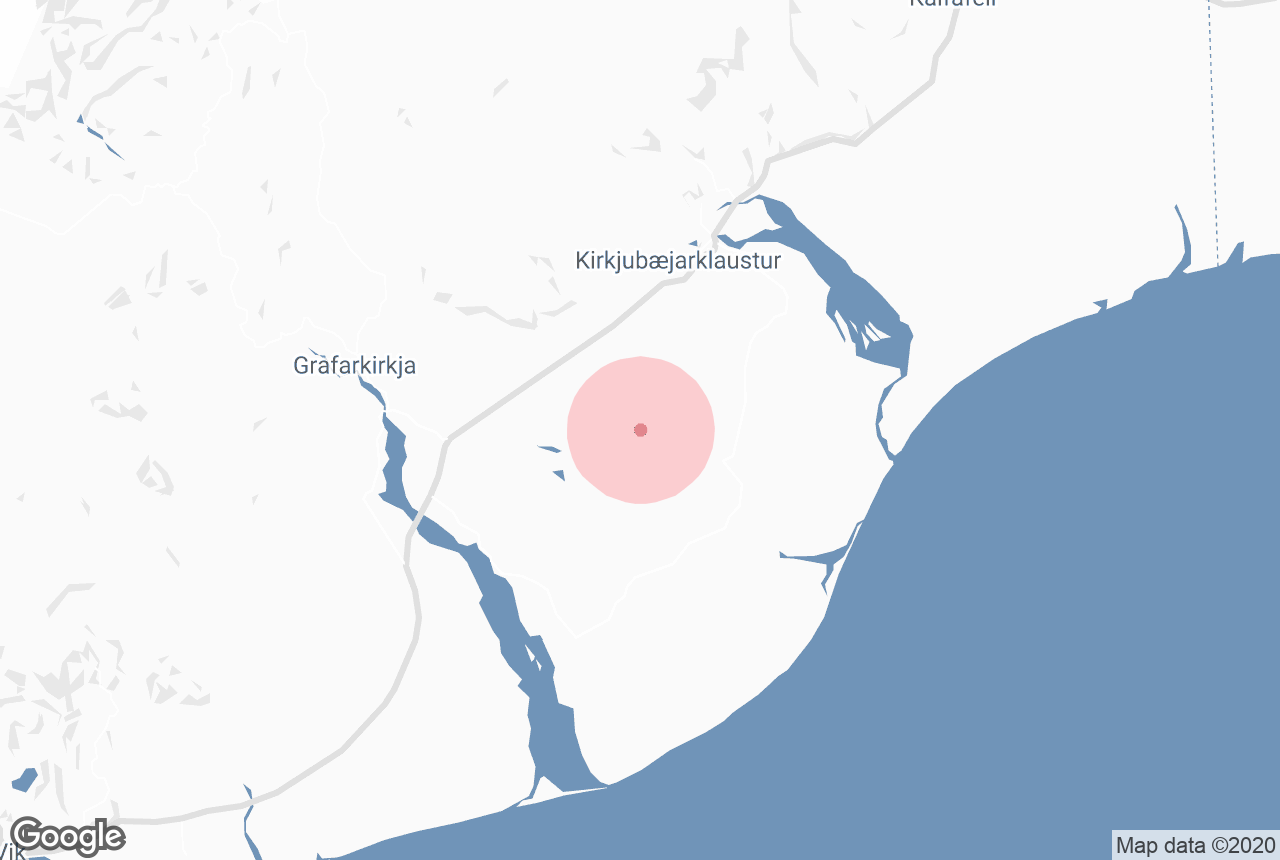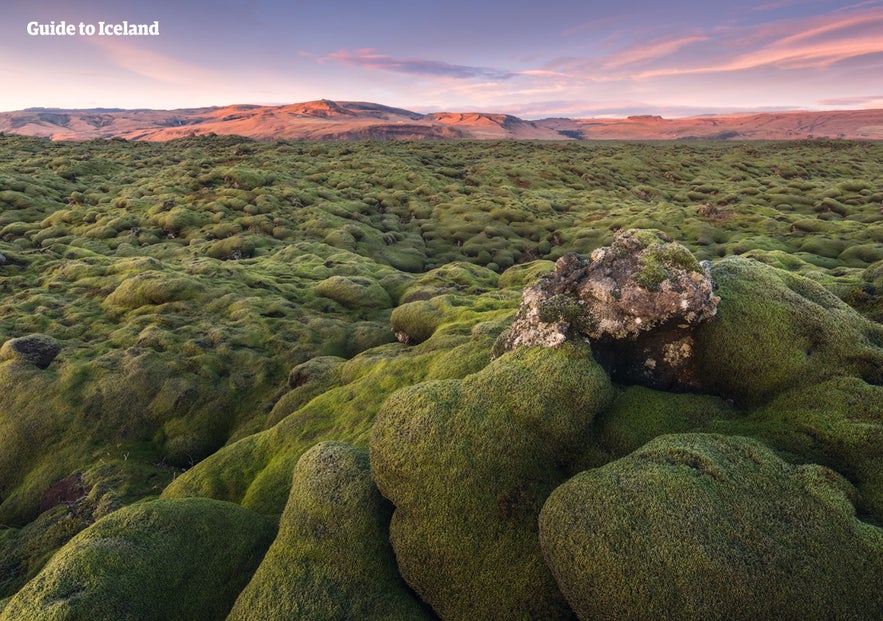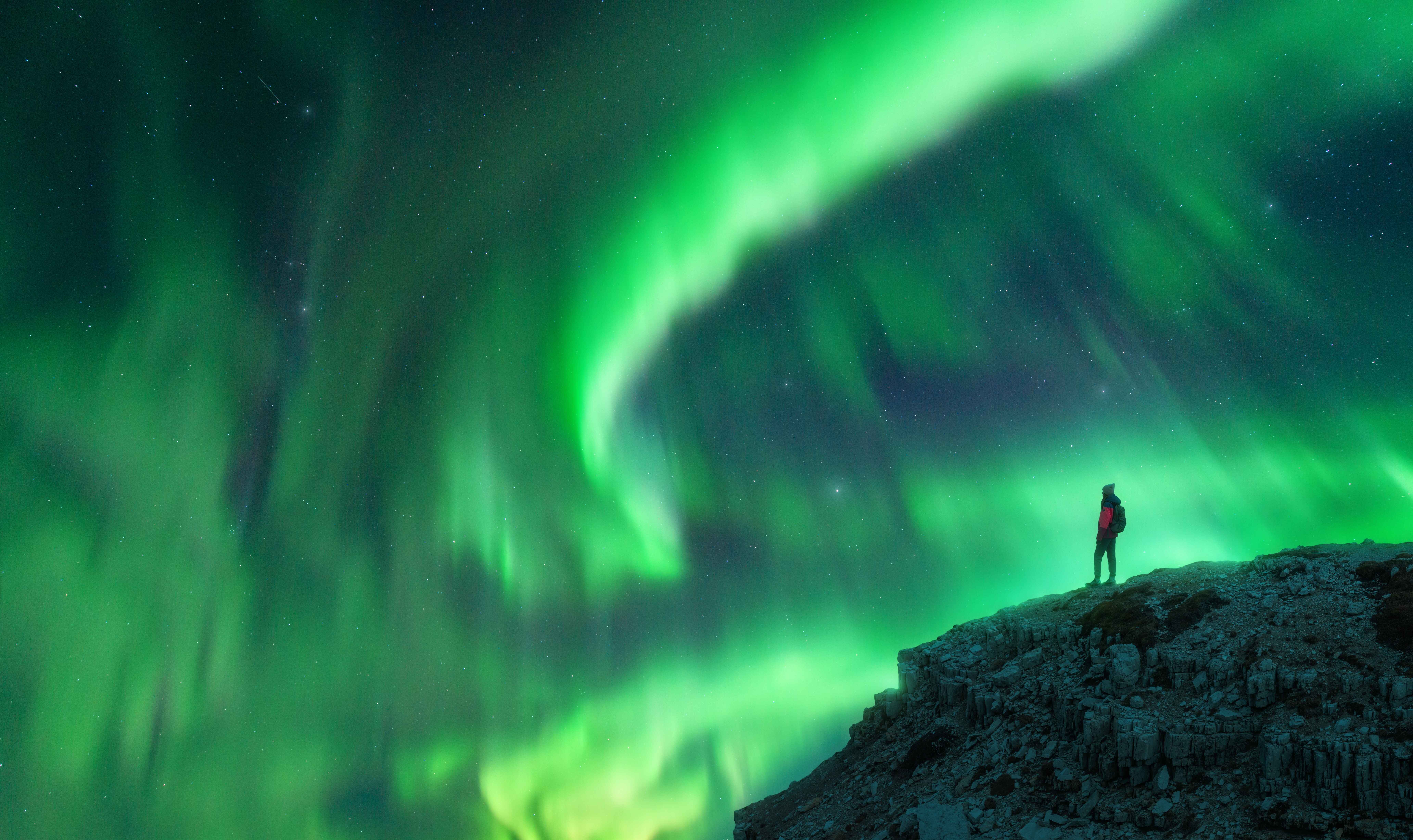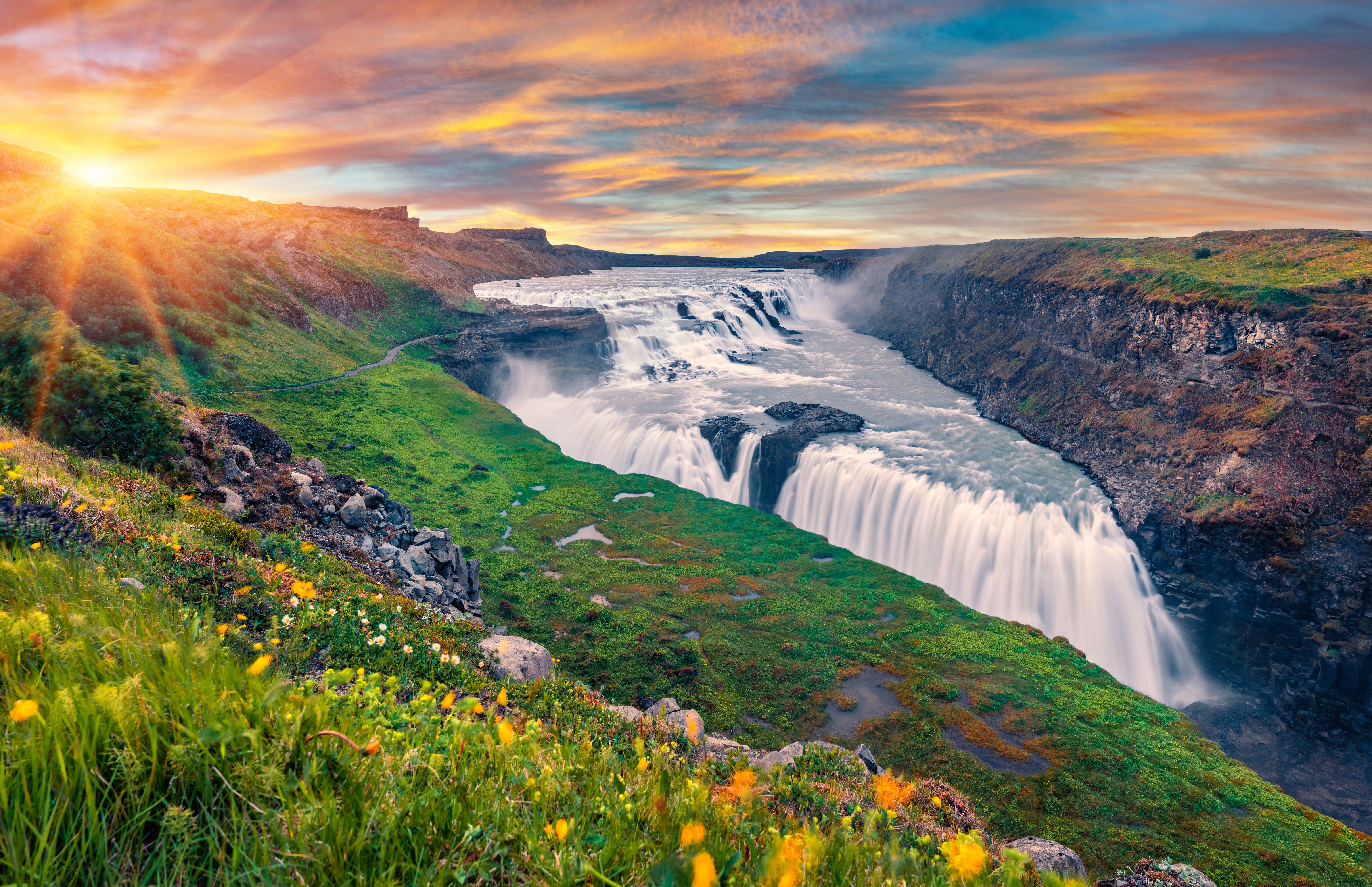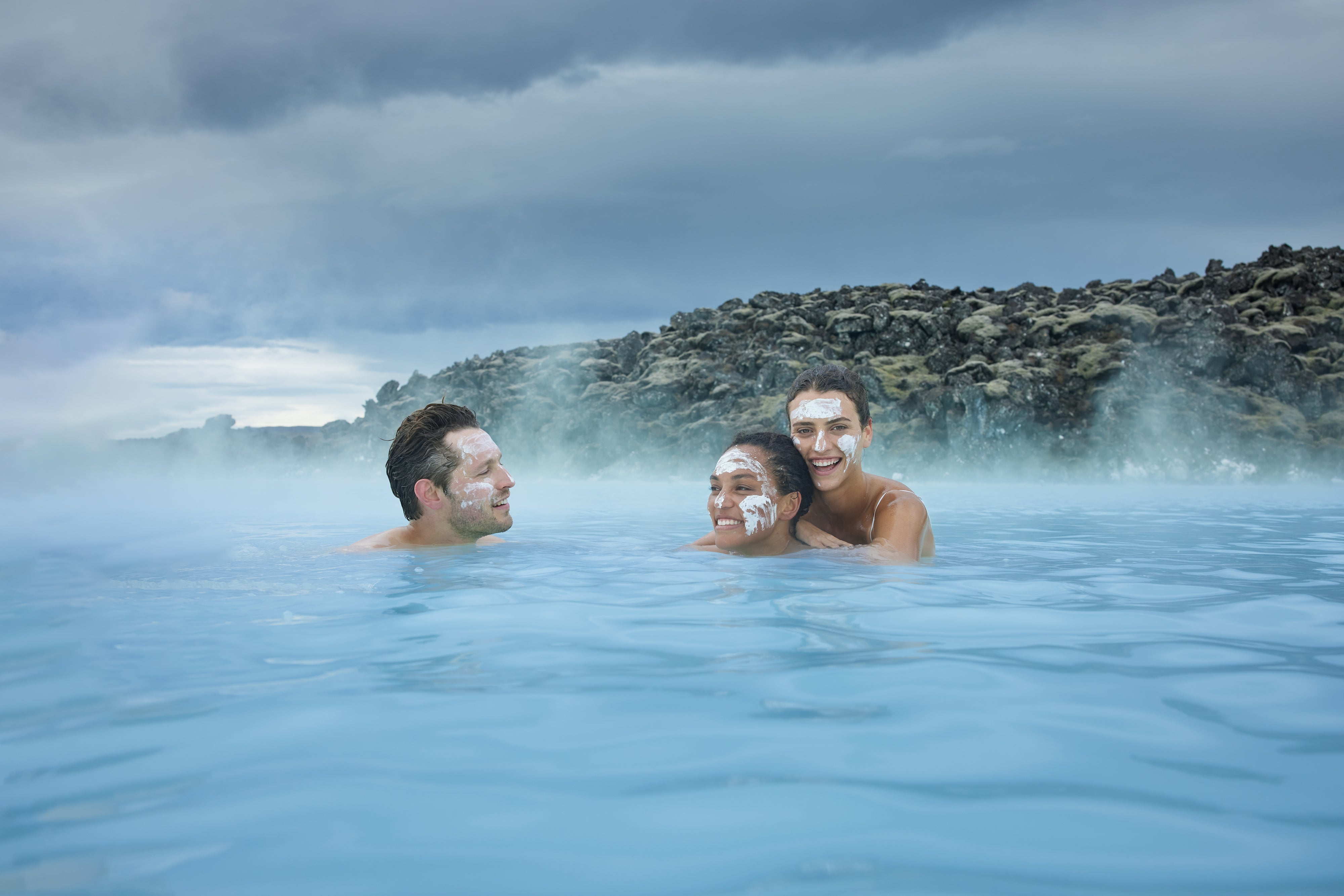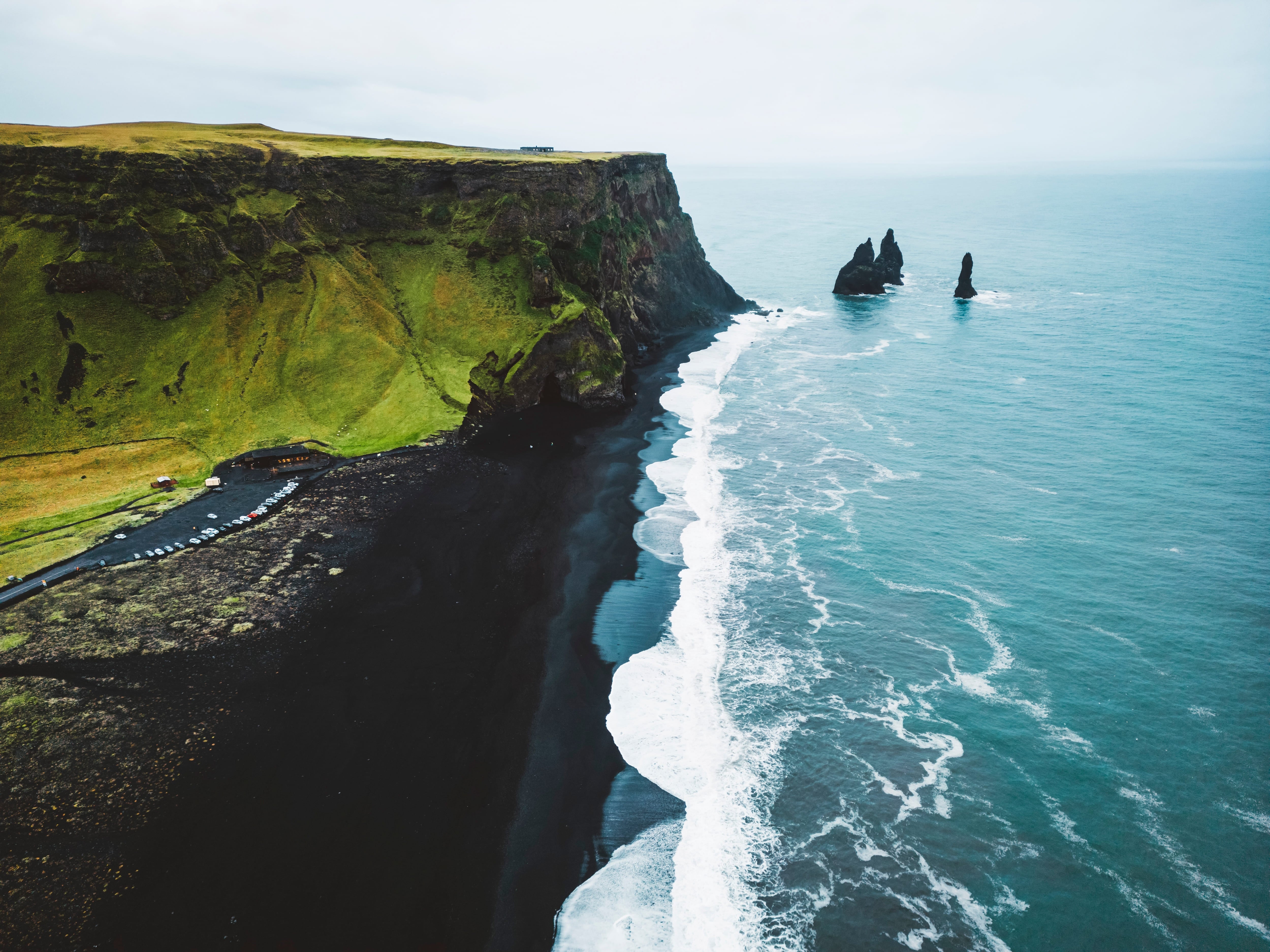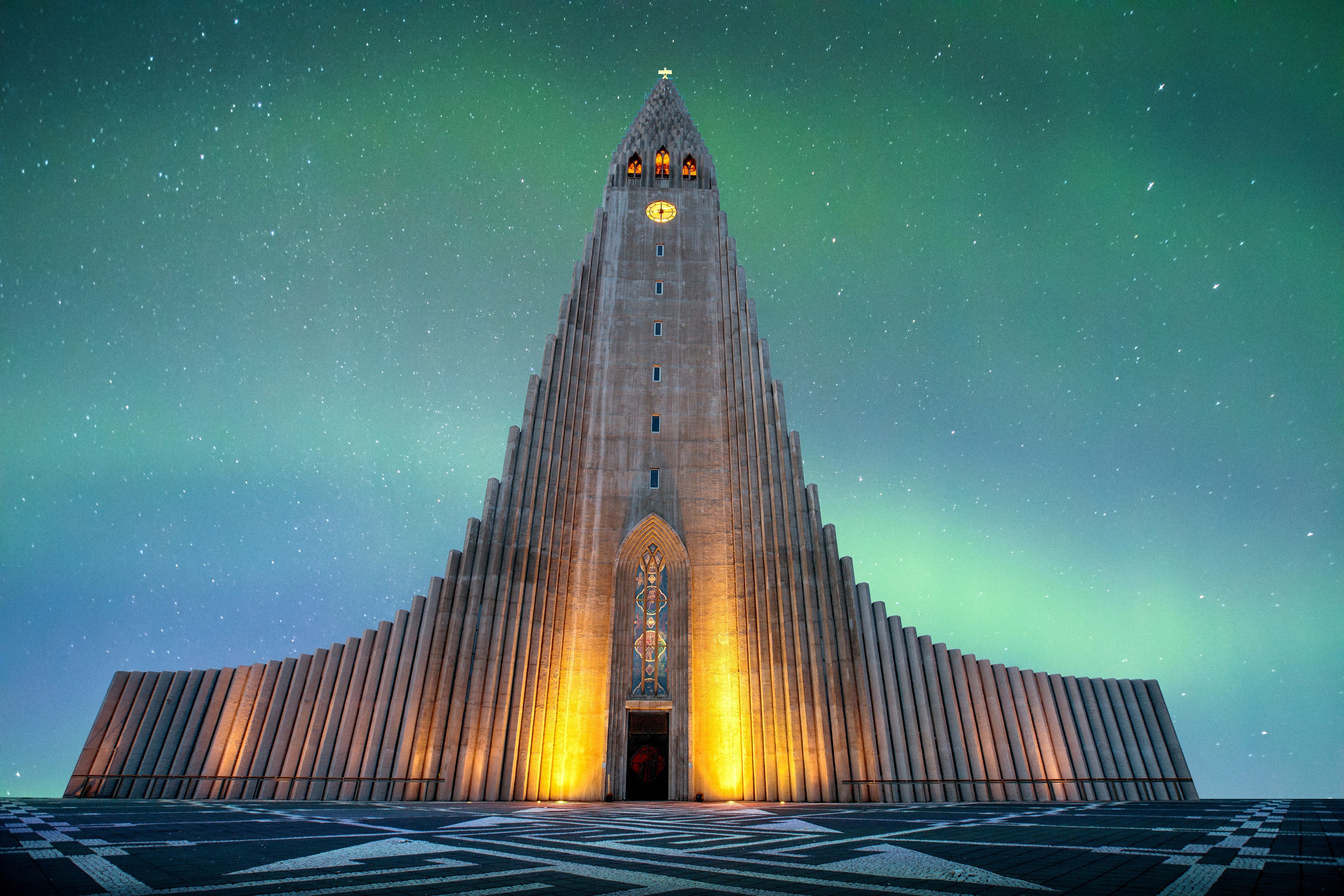The vast Eldhraun lava field (“Fire Lava“), in the south of the Icelandic highlands, was created in one of the greatest eruptions in recorded history and is of the largest of its kind in the world. The Lakagigar craters were also created during this eruption.
This eruption lasted from 1783 to 1784 and is known as the Skaftáreldar (The Skaftá River Fires). This was a cataclysmic event for Iceland and beyond. In Iceland, it lead to disease, crop failure and disasters.
当サイトの情報が信頼できる理由
Guide to Iceland (ガイド・トゥ・アイスランド)は、アイスランドで最も信頼されている旅行プラットフォームです。毎年、何百万人もの旅行者にご利用いただいています。 すべてのコンテンツは、アイスランドに精通した現地の専門家が執筆・監修しており、 常に正確で最新の情報を提供しています。 信頼できる旅のアドバイスをお探しなら、ぜひ当サイトをご活用ください。
The eruption affected Europe as well. In Great Britain, that summer is known as the Sand-Summer in Great Britain due to the fallout of ash and it is believed that the airborne haze and blocking of sunlight may have contributed to the French Revolution.
Despite the abysmal effect the eruption had, this lava field of 565 km2 is today one of the most stunningly attractive ones in Iceland.
The area features one of the most magnificent lava tube systems in the country, located north of the Lake Laufbalavatn. More than 200 caves have been found there, extending for more than five kilometers and 14 cu. meters.
